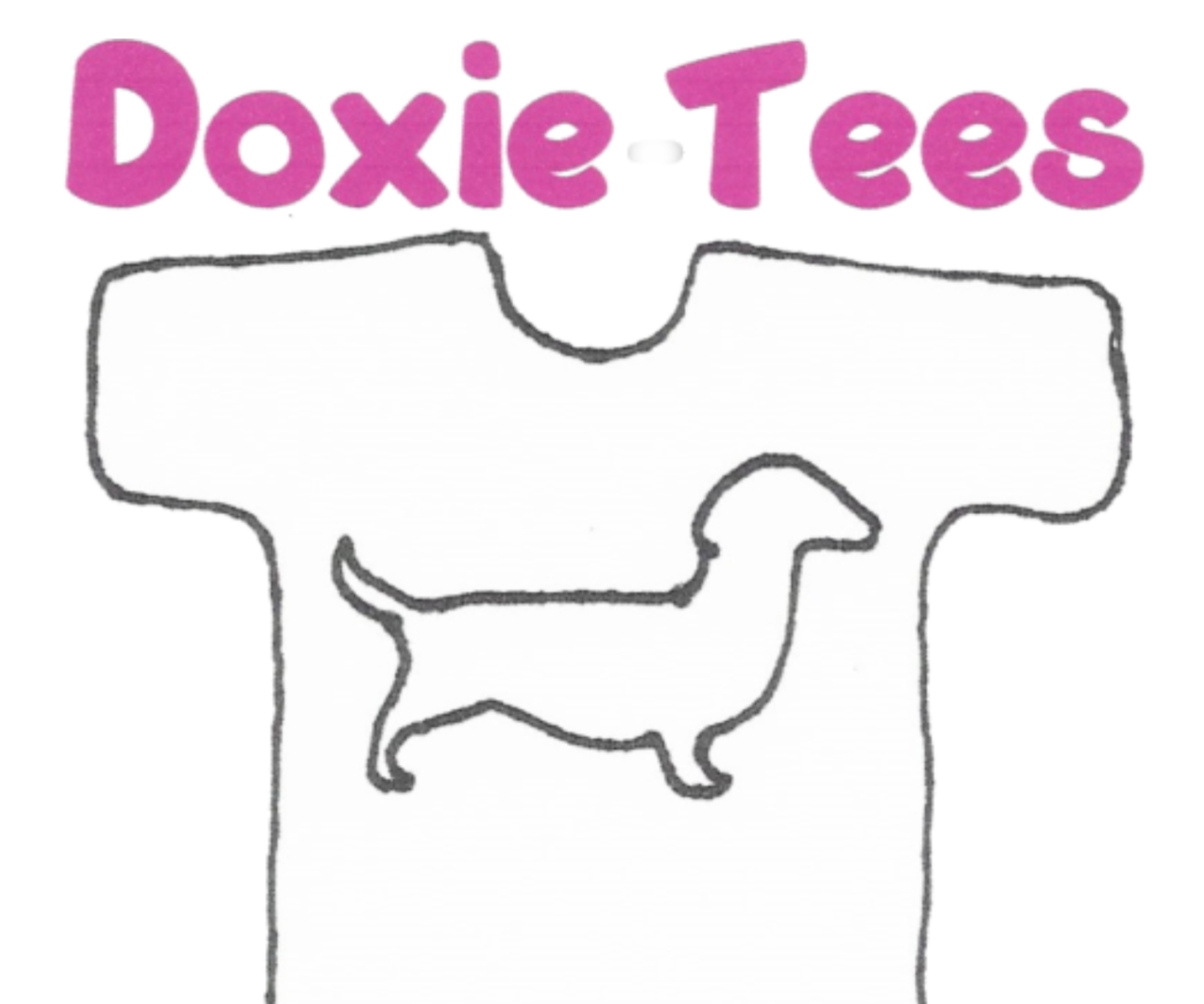How To Prevent Back Problems In Your Dachshund
Dachshunds are prone to back problems, from both genetics and injury; however, that does not mean you cannot do anything to minimize or prevent these issues.
Genetic problems come about through a disease called IVDD (intervertebral disc disease). This causes bulging, bursting or drying out of the discs between vertebrae which can cause pain or even paralysis in a dachshund. Although IVDD cannot be cured if your dog has the gene, you can do these things to minimize back problems:
- Gentle exercise. You can walk a dachshund up to 2 miles per day, or take shorter walks but add 15 minutes of fetch to your schedule. Avoid rough play with these dogs.
- Discourage jumping. Dachshunds are energetic and love to jump, but this is bad for their legs and back. From puppy stage, train them to use a ramp or stairs if they routinely use your sofa or bed. You may find that they use the ramp going up, but want to jump coming down. Instead, use rewards training to encourage them to wait for you to assist them down, or use the ramp going down.
- Regular massages. Yes, massages can improve the strength of your dachshund’s back. Place one finger on each side of the spine and gently massage up and down along the back. Just 5 minutes per day can make a difference, and your dog will love it!
- Diet. Make sure you manage your dog’s weight to reduce stress on the back. Use a high nutrition/high protein dog food such as Royal Canin, and do not overdo the snacks.
You should also take extra care to avoid back injury. Doing these simple things can prevent problems:
- Learn how to properly pick up your dachshund. You should always keep their backs straight while lifting or holding them.
- As with any small dog owner, you have to train yourself to look down before taking a step.
- Buy a harness, rather than a collar. Walking your dachshund with a harness will minimize wear and tear on the neck and back.
Lastly, be sure to monitor your dog’s back health. If they no longer tolerate walks, or have trouble balancing, or start hunching, it may be time to consult a professional. If you suspect IVDD, head straight to your vet.
If you suspect a mild injury, it may be best to take your dog to a certified animal acupuncturist first. This can often prevent permanent damage and restore walking ability if the dog is seen in a timely manner.
Download a free copy: The Ultimate Guide to Dachshund Care
